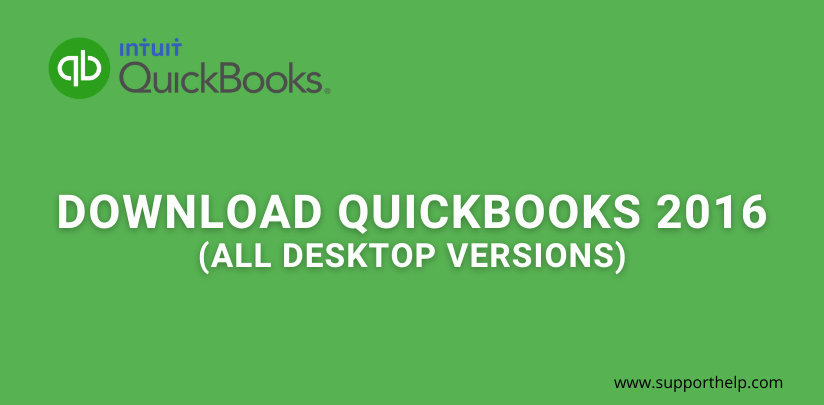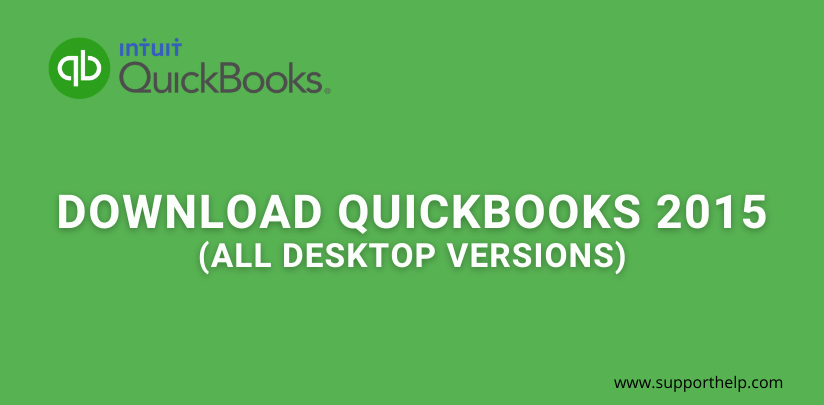How to Add a Bank Account to Quickbooks
Quickbooks makes it possible for you to make your accounting easier. As a software package, you're able to undertake online operations that work to your advantage. To begin with, your data is readily available for you. This means you can operate your business' accounting easily from a phone or PC. Additionally, you can track your cash flow easily. All this seeks to help you come up with better insights for your business. Clearly, there are huge benefits in using Quickbooks for accounting purposes.
The big question many are interested in is how to add a bank account to QuickBooks. There are steps that you can follow to add a bank account to Quickbooks. There are two methods you can use to add a bank account to Quickbooks. The first method is the direct feed connection and the second one is the manual method. The main focus of this article is the direct connection method.
The Direct Connection
Online banking is one of the features that makes Quickbooks Online a time saver for businesses. The moment you connect a bank account to Quickbooks, the software automatically downloads bank transactions for your business. It makes it possible for you to have details into your system automatically so that you avoid doing it manually. It's important to take note that not all banks will give you the option of connecting to Quickbooks. You can only use the direct connection method when dealing with banks that give you the option to do so. In the event that your bank is not able to connect directly to Quickbooks, all you have to do is to connect manually.
Here are the steps for the direct feed connection
I. Step One: Connecting a Bank
This is the first step when doing Quickbook links to an account. When it comes to connecting accounts, it's important to take note that you can connect as many as you can. Whether they are business or personal accounts, you can do so. However, it is significant to take note that you'll need to have a differentiation between your personal transactions and those of business.
- Go to the transactions or banking menu
- Choose the banking tab
- Go to connect account. If this is your first time to connect, you'll find this option on the landing page. If you've connected before, you have the option of adding or linking account.
- Afterwards, you need to look for your bank. You're able to connect with most of the banks because setting up new bank accounts in Quickbooks is something that has been gaining much popularity lately. Businesses are seeing the importance of doing the link up for effective management of their transactions. If at all you cannot find your bank, this is where the manual method comes in handy. You can upload the transactions manually.
- The image above shows you how to connect your bank account to Quickbooks
- After the above step, you choose to continue. This is where you key in the username and password you make use of for the website of your bank.
- There will be onscreen steps that you have to follow to connect. As you know, the online environment is increasingly becoming vulnerable. That is why your bank will need to have additional procedures for security checking. This can take up to a few minutes to have everything connecting as it should. So, you should be patient in this step.
- The next step is to choose the bank accounts you'll want to connect. For example, it could be a savings or credit account.
- Make sure you connect the account of choice with a matching type of account. Essentially, you'll get these from the chart of accounts contained in Quickbooks.
- The next step is for you to select the extent of downloads you want to for your transactions. For example, there are banks that will allow you to download transactions for the past 3 months. Others can give you the chance of downloading transactions that go back 2 years.
- The last thing is to connect
II. Step Two: Downloading latest transactions
At this point, your account is connected. With this, Quickbooks will automatically download transactions so that you don't have to do it manually. In order for you to refresh and have the recent transactions:
- You select either banking or transactions menu
- Choose the banking tab
- Choose update
III. Step Three: Categorizing downloaded transactions
After Quickbooks does the downloading for you, you have to approve the categorization it does for you.
IV. Step Four: Updating your Connected Accounts
It is now the turn of updating every necessary information about your bank account. Example of such information include username and password. For you to achieve this, you have to do the following:
- Visit either the banking or transaction menus
- Choose the banking tab
- Choose edit for the bank account you'll want to update
- Choose Edit key in information
- Update your account information
- Choose save and then connect
In case you'll want to disconnect accounts, you can still be able to do so. However, you need to take note that disconnecting accounts doesn't mean that you're deleting accounts. Rather, it means that Quickbooks will not be able to download fresh transactions.
Things You Should Know About Quickbooks Chart of Accounts
Now that you've known how to add a bank account to Quickbooks, it's also imperative to learn more about Quickbooks chart of accounts. As you learn how to connect your bank accounts to Quickbooks, it's valuable to have a good idea of what Quickbooks chart of accounts is all about. Fundamentally, this is a list of categories. Whenever you're recording your business' transactions the chart of accounts are the ones used to categorize them. If you've done the accounting of your company's transactions automatically, the chart of accounts will be developed automatically. However, if you're doing the accounting manually, you'll have to develop the chart of accounts manually.
I. The importance of Quickbooks Chart of Accounts
It's important to highlight that the transactions that your business makes flow to the chart of accounts. This is an indication of how important it is for your business. In the accounting space, reports are extremely important. If you ask any accountant you'll know that financial reports are valuable to a business. They help a business understand where it is and where it is going. With this in mind, if you fail to organize your Chart of Accounts well, you run the risk of developing poor records. Also, if the categorization of your transactions will be poor, it will lead to problems. So, Quickbooks Chart of Accounts plays an important role when doing the following:
- Applying for financing or you want to sell your assets. In this case, you'll need to have the right records with you for the process to go through as it should. If that is lacking, it will only create hurdles for you in decision-making.
- Preparing taxes. Whenever you're preparing taxes, you'll need to have the proper financial records. For example, transactions have to be assigned to the proper classifications for the process to be fine.
- Monitoring your finances. The Chart of Accounts plays an importance role in monitoring your finances so as to have the right analysis of your company.
II. What does the Chart of Accounts Contain?
There are two types of accounts. The first account is the one used in the balance sheet report while the other account is utilized in the Profit and Loss report. The balance sheet report account contains the following: assets, liabilities, and equity. The profit and loss account contains the following: income, expenses, and cost of goods.
III. Is it okay to make adjustments to your Chart of Accounts?
This is an important question. As you already know, Chart of Accounts play a major role in the accounting function of your company. For this reason, any modification can have implications on the reporting of transactions. Therefore, before you make any adjustments to your Charter of Accounts, it is highly advisable that you consult a professional. This will go a long way to help you avoid errors that can turn out to be extremely costly. The success of your business will depend on how well you'll be able to keep proper financial records. So, it's prudent to always make sure that your Chart of Accounts is in order.
The Quickbooks software is a valuable tool to help with your business' transactions and financial records. The accounting function of your company is one that you can't ignore. You have to invest in it so as to have a good picture of your business in the present and also in the future. For the purposes of making your transactions easier and manageable, it's valuable to connect your bank accounts with Quickbooks online. Once you have a firm grip on how to add a bank account to Quickbooks and use the functionality well, you'll be able to derive massive benefits for your business. Remember, efficient management of business transactions count greatly towards the success of your company.
Related Articles







